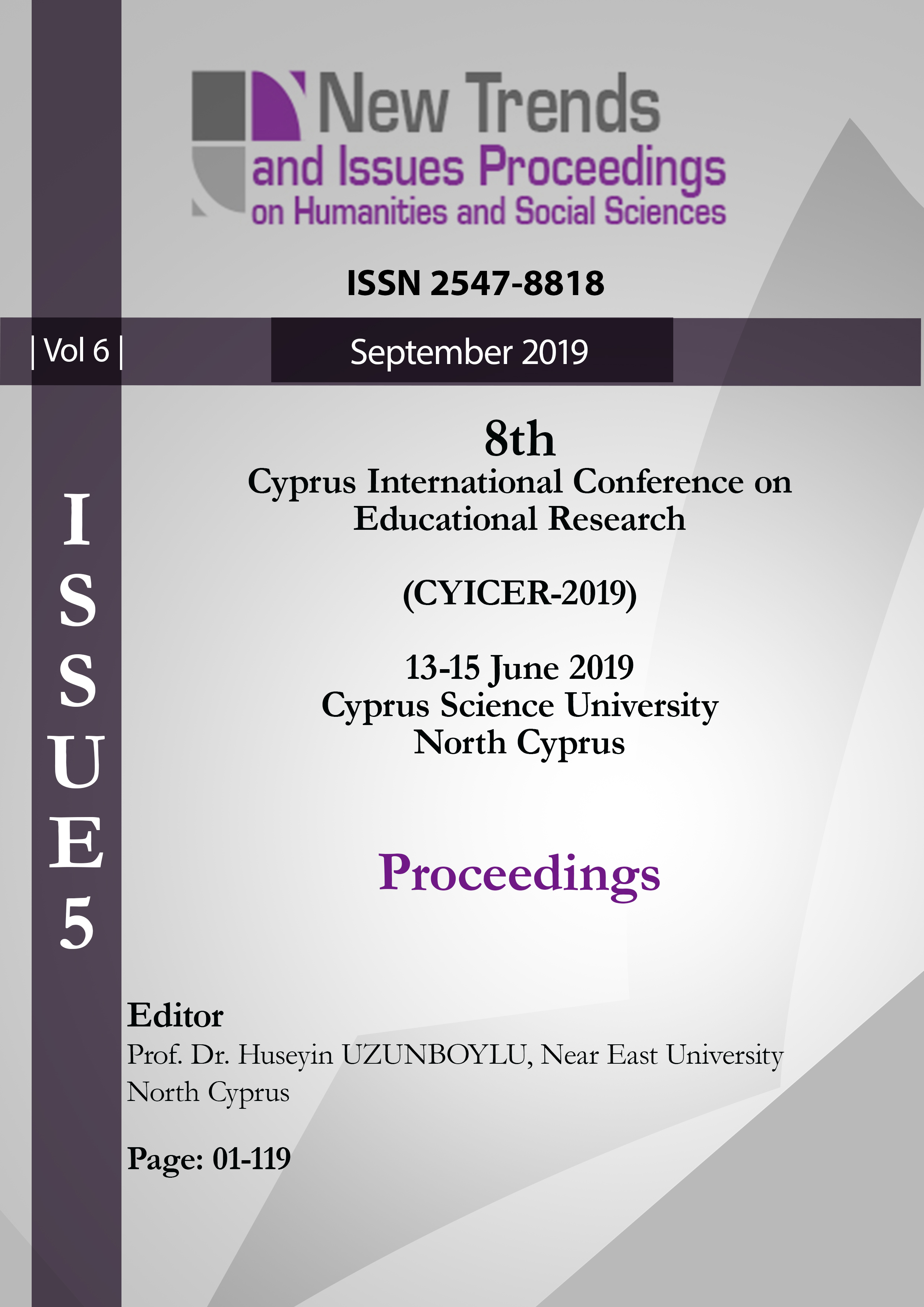National Estonian-language tests: What is measured in text comprehension tasks?
Main Article Content
Abstract
Text comprehension includes different components to create a coherent whole. The comprehension tasks of the national Estonian-language tests for Grades 3, 6 and 9 (10-, 13- and 16-year-old students) were analysed to find out the similarity in the distribution of tasks at different comprehension levels for the same grade in consecutive years and if the text comprehension levels in the tests for different grades changed. Deductive content and descriptive analyses were used to find out how comprehension was measured in the national Estonian-language tests. We found that there was no consistency in the tests for the same grade in different years. Additionally, in most cases, the students’ cognitive growth was not considered: the tests for younger students included more inferential and evaluative level tasks than the tests for older students. Although it is important to improve comprehension skills at every level, the emphasis in tests should move from literal to inferential and evaluative tasks in the older age group.
Keywords: Text comprehension levels, text comprehension components, national tests, text comprehension tasks, primary school.
Downloads
Article Details
- Authors retain copyright and grant the journal right of first publication with the work simultaneously licensed under a Creative Commons Attribution License that allows others to share the work with an acknowledgement of the work's authorship and initial publication in this journal.
- Authors are able to enter into separate, additional contractual arrangements for the non-exclusive distribution of the journal's published version of the work (e.g., post it to an institutional repository or publish it in a book), with an acknowledgement of its initial publication in this journal.
- Authors are permitted and encouraged to post their work online (e.g., in institutional repositories or on their website) prior to and during the submission process, as it can lead to productive exchanges, as well as earlier and greater citation of published work (See The Effect of Open Access).
